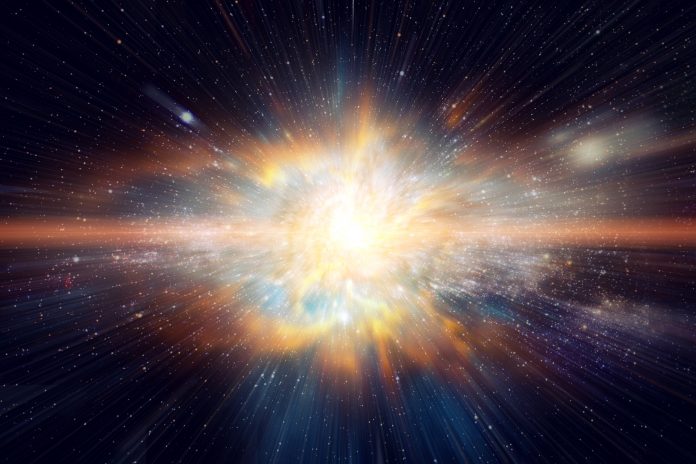NASA’s James Webb Telescope has found the best evidence yet for the presence of a neutron star at the site of a recent supernova explosion
SN 1987A supernova
The supernova, SN 1987A, occurred 160,000 light-years away in the Large Magellanic Cloud. First observed in February 1987, it marked the first time a supernova had been visible to the naked eye since Kepler’s Supernova in 1604.
Supernovae are fleeting events, with their brightness peaking within a few months. SN 1987A has been the topic of many astronomical studies due to its significance in understanding the life cycle of stars. What makes SN 1987A particularly intriguing is the possibility that it left behind a neutron star or a black hole at its core.
The James Webb Telescope
The James Webb Telescope observations, which began in July 2022, focused on the remnants of SN 1987A. Using its Medium Resolution Spectrograph (MRS), researchers detected a strong signal of ionised argon originating from the centre of the deposed material surrounding the supernova’s original site.
Succeeding observations with Webb’s Near-Infrared Spectrograph (NIRSpec) revealed even more ionised elements, indicating the presence of highly energetic radiation at the heart of the remnant.
These observations align with theoretical models predicting the formation of a neutron star or black hole in the aftermath of a core-collapse supernova like SN 1987A.
The detection of emission from the probable neutron star marks a significant milestone in understanding these cosmic events.
The future of this discovery
This discovery extends beyond SN 1987A. By studying the evolution of the supernova remains over the coming years, astronomers hope to gain deeper insights into the processes underlying core-collapse supernovae.
This ongoing research will enhance their understanding of SN 1987A and contribute to a broader understanding of stellar evolution and the formation of compact objects in the universe.
With more observations planned using both Webb and ground-based telescopes, researchers anticipate further revelations about the nature of the compact object at the heart of SN 1987A.











